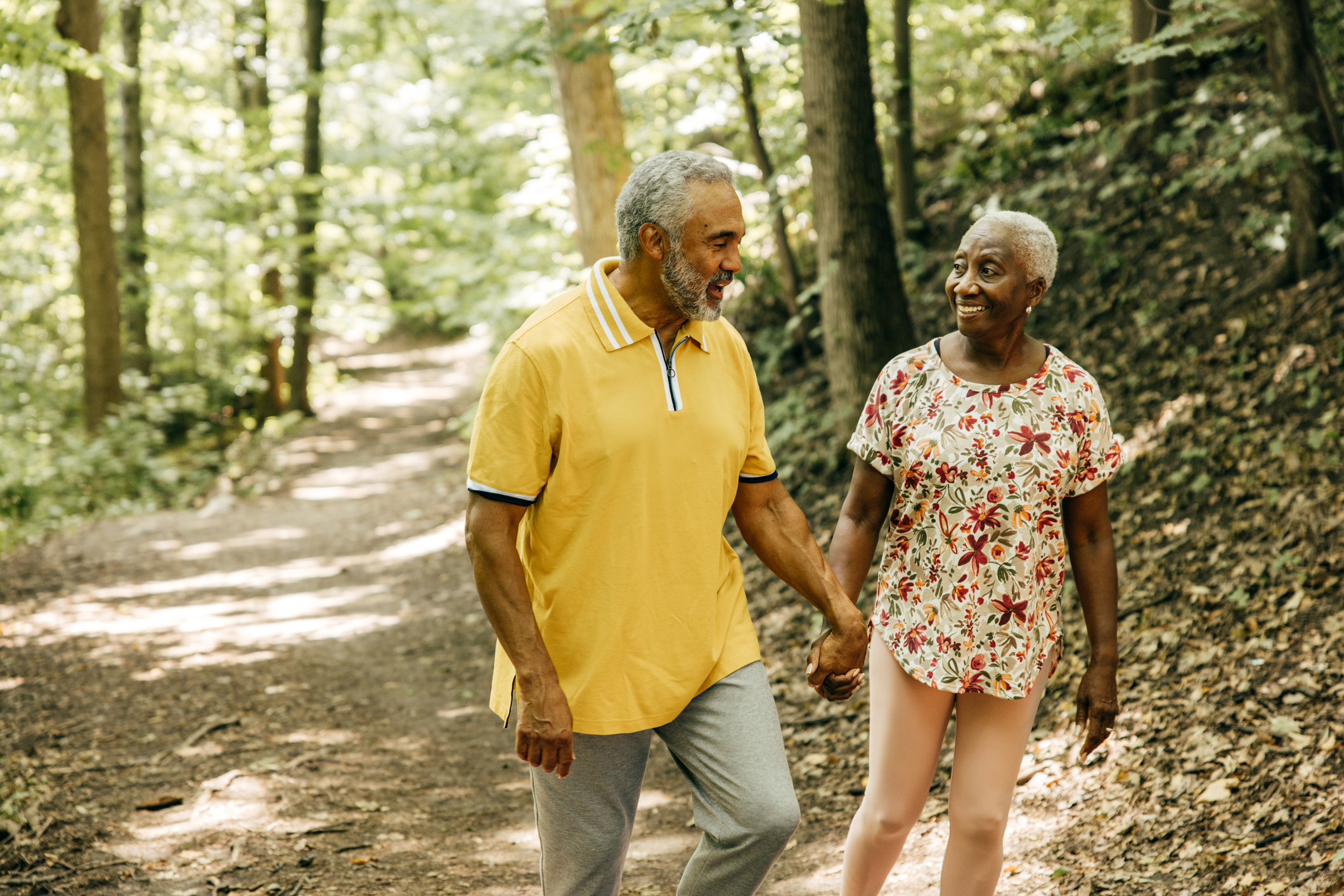Get Easy Health Digest™ in your inbox and don’t miss a thing when you subscribe today. Plus, get the free bonus report, Mother Nature’s Tips, Tricks and Remedies for Cholesterol, Blood Pressure & Blood Sugar as my way of saying welcome to the community!
Can you get in shape without “exercising”?

There’s something euphoric about strenuous exercise. Once the body warms up and we get into a good rhythm, endorphins kick in and even difficult routines can seem effortless. For many people, strenuous exercise can be addictive. Part of this is because the wear and tear on our muscles unleashes an abundance of feel-good chemicals to alleviate the pain. And as we’ve heard so many times, “no pain, no gain.”
But new research shows we don’t need to suffer with such extreme measures to maintain cardiovascular health. In fact, with all of the stress that difficult workouts place on the body, it’s becoming evident that overly strenuous exercise is simply speeding up the aging process.
Good news: In a recent study published in the British Journal of Sports Medicine, researchers found that non-exercise physical activity could be as beneficial for cardiovascular health and longevity as traditional workouts.
The non-workout
But what is non-exercise physical activity? Anything we do that moves our bodies and engages our muscles. Taking out the trash. Playing with the dog. Cooking a meal. Gardening.
But there may be something deeper going on here that offers greater benefits for heart health and longevity. These simple “exercises” do more than move our muscles – they can also help move stress and anxiety out too.
It’s true that many of us dislike housework, particularly after a long day of regular work. But spending 15 minutes to let your mind relax from the workday and engage your muscles while tidying up may actually help you live longer. Organizing and cleaning can help reduce anxiety and depression, clearing your space for more inspiration and productivity. Or take the dog out and walk briskly. What’s important is that you get up and simply engage your body more.
With this type of physical activity, it’s hard to over-do it. As hot as it is outside sometimes, it also gives you a perfect opportunity to take advantage of indoor projects that require a little extra muscle.
Other gentle forms of exercise, such as yoga, tai chi and chi gong are also great ways to ease into more physical activity without the serious wear and tear of strenuous workouts. While they can be intensive, these moving meditations work to strengthen the body while increasing calmness and reducing anxiety and depression. There is no competition, race or fitness goal to achieve. These exercises allow us to rest in the moment and experience the movement of our bodies with peace and calm.
Supporting movement
If you do want to engage in more intense physical activity, there are ways to help protect your body from the wear and tear. As every elite athlete knows, extended exercise can damage muscles, causing inflammation and lactic acid buildup that can be painful and debilitating. This is particularly true for extreme athletes, such as distance runners and triathletes, but most of us who are physically active have experienced some type of muscle fatigue and soreness.
However, certain supplements and nutrients can help to counteract these inflammatory effects. A 2009 animal study has shown that the botanical extract honokiol can reduce inflammation after exercise and help ease muscle recovery. Extracted from the Chinese remedy Magnolia bark, honokiol is a versatile ingredient that has been used as a complementary cancer therapy, stress reducer, neuro-protector, and more.
There are also other ways to promote recovery after exercise. As the body burns glucose during exercise, it produces lactic acid, which can become highly concentrated in muscles and impair their function. One of the ways the body deals with this imbalance is glutamine: One of the 20 amino acids that make up proteins.
L-Glutamine supplementation can help the body’s mechanisms to rebalance lactic acid in muscles. Other amino acids that can help with recovery are leucine, valine and isoleucine.
It’s also important to eat lean protein within 30 minutes after exercising, in addition to replenishing electrolytes, the minerals that help the body conduct electrical signals. Calcium, potassium, sodium and magnesium are common electrolytes that support muscles after physical activity.
And don’t forget vitamins. In particular, vitamins E and C, well known antioxidants, are shown to support muscle recovery.
While many of us want to experience the “runner’s high” and health benefits that come from extreme exercise, we don’t want the oxidative stress and muscle inflammation that is also part of the package. But now we don’t have to feel guilty about skipping the gym or our morning jog. Instead, just take some time to get up and move your body, and most importantly, reduce the time you spend sitting.
Together with targeted supplements and a healthy diet, these gentle, guilt-free approaches to cardiovascular health can work in a number of ways to support longevity, reduce stress and increase vitality for life.
For more health and wellness information, visit www.dreliaz.org.












